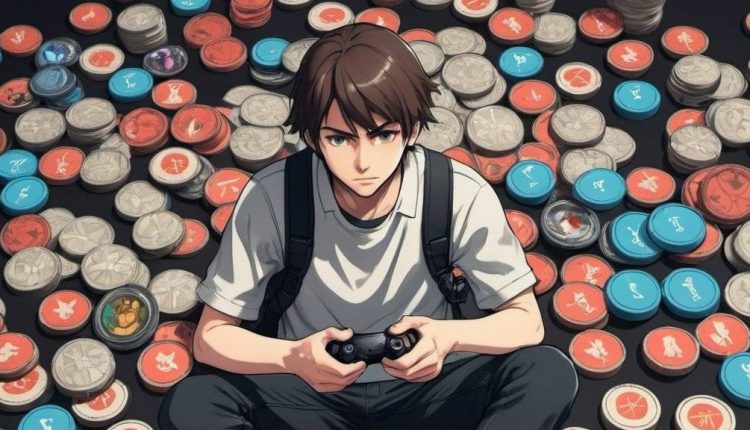Why there’s still hope for web3 game tokens

It’s clear that the start of 2025 hasn’t come with that spark the web3 gaming sector had been hoping for. Indeed, quite the opposite.
Ever more signs are pointing towards inherent misalignment between web3 game developers’ visions and the execution of their decentralized economies.
Not least is this evident in the poor performance of gaming tokens in 2024/25.
Who’s to blame? Well it’d be easy to say tokens, or rather developers launching their tokens without understanding precisely how they will impact their games.
But of course, developers can’t fully know this. Neither can they control it, and that’s one of the key problems. For whatever plans of in-game and broader ecosystem utilities there are for a token, once that token is in the hands of speculators, developers have no way of stopping it from being pumped, dumped and eventually killing their game economy.
We’ve seen it over and over again, sometimes before a game has even launched.
Animoca Brands’ chairman Yat Siu describes tokens as “more efficient fundraising tools that are potentially non-dilutive to equity holders; alternatively, they are seen as utility constructs that can be used in games.” He also adds, “tokens are none of these things exclusively and can be all of them simultaneously.”
Significantly, in terms in-game tokens, to remain a useful tool with which developers can build sustainable gaming ecosystems, they must be the latter. If also used as a fundraising tool, they’re inevitably exposed to external fluctuation.
Game developers would do better to have a separate token for that purpose, as was the case in the first wave of play-to-earn games with their decision to have a utility and a governance token.
If tokens are used to determine a holder’s voting power or governance in the game, it’s also worth asking whether it’s best to allow the biggest token holders the most influence, or if that better be granted to the most engaged players. Long term sustanance is rarely aligned with short term financial gains.
Still, unless developers have sufficient tools and very intentional design plans, they won’t be able to protect their in-game tokens from market volatility. And here’s where Limit Break’s recently unveiled ERC20-C Apptokens come in handy.
Designed for game developers, Apptokens are programmable tokens used within a game or ecosystem, whose liquidity can be controlled by parameters preset by the developer. It’s a bit like a stablecoin, but with in-game utility. To protect them from external volatility, developers can allow gated access to users who play the game, and/or complete in-game tasks. Similarly, they can also control who can sell the tokens, as well as what percentage can be sold at a certain time.

One day, there will be web3 games with hundreds of millions of players, allowing for self-sustaining economies that work without any need of intervention, but before getting to that scale, Apptokens will be a useful – if not vital – tool for developers.
Alternatively to Apptokens, developers can try to design their economies so players are not incentivized to extract and sell-off their tokens, but that’s proven to not be an easy task. How do you deflect actors or bots with the wrong kind of intentions from playing your game? Although Pixels CEO Luke Barwikowski is on a mission to solve this challenge, for now, we have no clear answers.
A good starting point however, is to not launch game tokens on exchanges at all, but keep them constrained to the game. That’s an easy way to immediately curb pre-launch speculation. Further, if in-game earnings are designed to be slow and limited, extractive players are less likely to bother. Actual players will be less likely to sell too.
Most importantly however, if the tokens have strong use-cases within a game, and players like that game, they are prone to spend their tokens in-game.
Whether by accident or clever design, one example on good track towards such a model is Soccerverse. A fully onchain soccer MMO, it’s powered by the SCV token, which is designed to only have immediate transactional value. There’s no point in hoarding it.
So while it’s easy to get disheartened by the current sentiment, the lack of quality web3 games and their seemingly failed economies, all hope is not lost.
There are developers with innovations paving the way for the future industry. You just don’t see them shilling tokens, hyping up their projects on false promises or making headlines very often. They’re busy building.

Comments are closed.